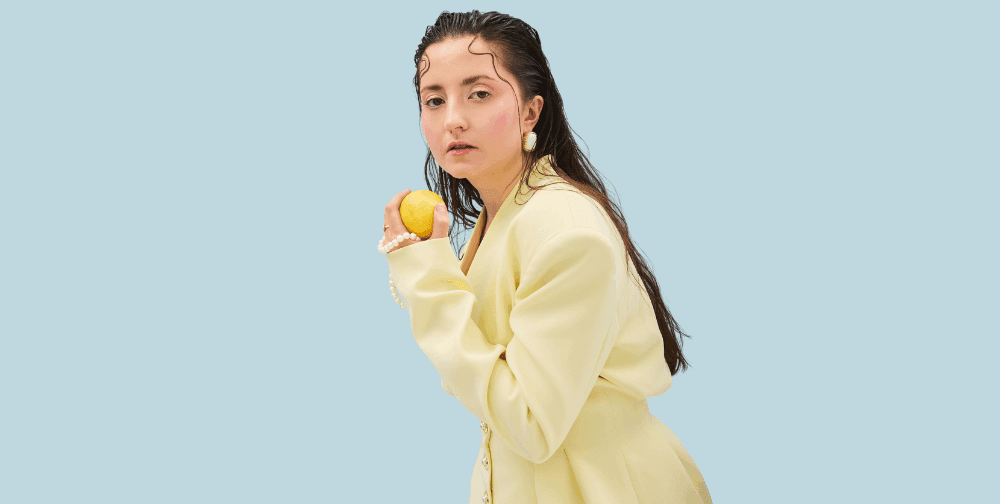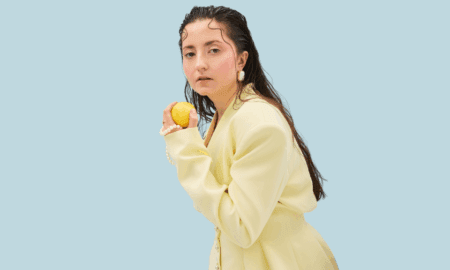Boudoir photography, which revolves around intimate portraiture, has gained popularity in recent years. It offers individuals a unique opportunity to capture their inner beauty through sensual photographs. However, the legal aspects surrounding this genre of photography have often remained shrouded in ambiguity.
In this blog, we decipher the world of boudoir photography to address a paramount concern: Is boudoir photography legal? From issues related to consent and privacy to copyright, we will equip you with the knowledge you need before considering hiring a boudoir photographer in Virginia or anywhere else.
What is Boudoir Photography?
Boudoir photography is an intimate form of artistic expression that aims to evoke a sense of vulnerability and intimacy. Through carefully composed and tastefully captured images, it celebrates the beauty and sensuality of the subject.
Typically taken in a bedroom or other intimate space, these photographs often focus on the subject’s natural beauty. Boudoir photography sessions are designed to create a safe and empowering environment where individuals can explore their self-confidence and embrace their bodies.
The Legal Foundation
The legal foundation of boudoir photography is an important aspect to understand to engage in this art form confidently and ethically. This genre of photography operates within the broader framework of privacy laws, ensuring the subjects’ consent is obtained before capturing intimate images.
Moreover, copyright and intellectual property regulations are significant legal components for such photo sessions. Boudoir photographers need to consider who owns the rights to these images, whether it’s the subject, the photographer, or both. It is also necessary to consider regional variations in laws to navigate the art form responsibly.
The main goal of backing the industry of boudoir photography is that all parties involved are protected and their rights respected.
Consent and privacy
Obtaining informed consent from the subject is not only an ethical obligation but also a legal necessity. It ensures that the subject willingly participates in the photo session while fully understanding the purpose and potential use of the images.
Photographers should create a safe environment for their clients. Plus, they should be sensitive to their comfort levels and preferences throughout the shoot. It is imperative to uphold the utmost discretion when handling the images to prevent unauthorized sharing or distribution.
Additionally, the use of model releases is essential to protect both the photographer and the subject. These legal documents specify how the images can be used and help establish clear expectations. These measures collectively form the foundation of a responsible and professional practice.
Age and Legal Restrictions
The legal age requirements for subjects can vary by jurisdiction but generally involve a minimum age of 18 or older to participate in these sessions. It’s crucial for photographers to be aware of the age of consent in their region and adhere to these guidelines.
Furthermore, the strict enforcement of child laws underscores the significance of age verification. Any ambiguity in this matter can lead to serious legal repercussions for the photographers. Compliance with relevant laws and regulations is non-negotiable, as they are designed to safeguard both parties involved in these intimate photography sessions.
Copyright and Ownership
Copyright law grants the photographer the automatic right to the images they capture, as they are the creators of the work. However, the subject’s participation is pivotal. In many cases, photographers and subjects agree on the rights and usage of the photographs through licensing agreements.
These agreements can specify how the images are to be used. They also enable the photographer to showcase their work for promotional purposes or publication. Licensing provides a framework that clarifies both parties’ rights and responsibilities; it fosters a sense of trust and collaboration.
By outlining the terms and restrictions within licensing agreements, the interests of both parties are protected and their subjects while respecting the intimate nature of the content.
Distribution and Sharing
The distribution and sharing of boudoir photographs on social media and other platforms should be approached with care. While it’s legal with proper consent and model releases, privacy concerns are vital to consider. To protect the subject’s identity, consider methods like blurring or cropping. Prioritize their comfort and preferences when deciding where and how these images are shared.
The legal considerations in boudoir photography uphold its integrity. By adhering to the factors mentioned above, photographers can create a safe and respectful environment where trust, privacy, and artistic expression flourish.



































